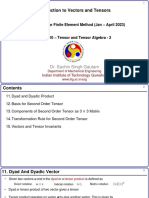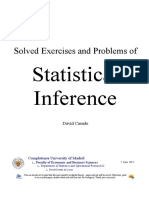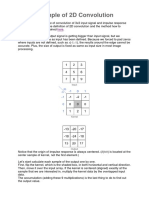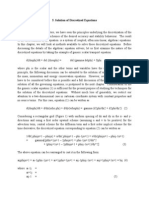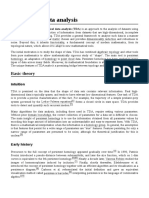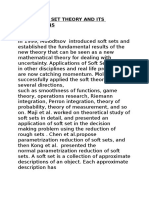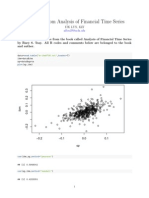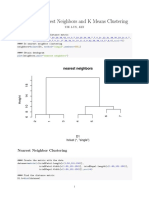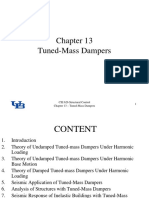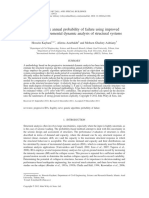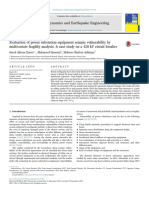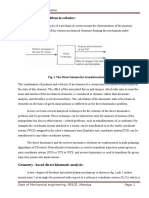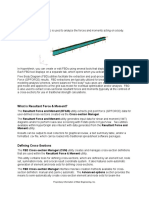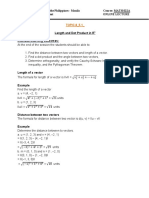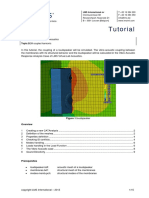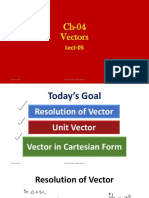0% found this document useful (0 votes)
239 views21 pagesTensor Analysis in Continuum Mechanics
1. Continuum mechanics deals with the deformation of continuous systems under external forces. Tensor analysis is required as the physical laws must be independent of the coordinate system used.
2. Tensors are more general objects than vectors and are defined using vectors and duals. Duals can operate on vectors and return scalars.
3. In three dimensions, tensors are represented by their components in a given coordinate system. A tensor's properties do not depend on the coordinate system used.
Uploaded by
prraaddeej chatelCopyright
© © All Rights Reserved
We take content rights seriously. If you suspect this is your content, claim it here.
Available Formats
Download as PDF, TXT or read online on Scribd
0% found this document useful (0 votes)
239 views21 pagesTensor Analysis in Continuum Mechanics
1. Continuum mechanics deals with the deformation of continuous systems under external forces. Tensor analysis is required as the physical laws must be independent of the coordinate system used.
2. Tensors are more general objects than vectors and are defined using vectors and duals. Duals can operate on vectors and return scalars.
3. In three dimensions, tensors are represented by their components in a given coordinate system. A tensor's properties do not depend on the coordinate system used.
Uploaded by
prraaddeej chatelCopyright
© © All Rights Reserved
We take content rights seriously. If you suspect this is your content, claim it here.
Available Formats
Download as PDF, TXT or read online on Scribd
/ 21
